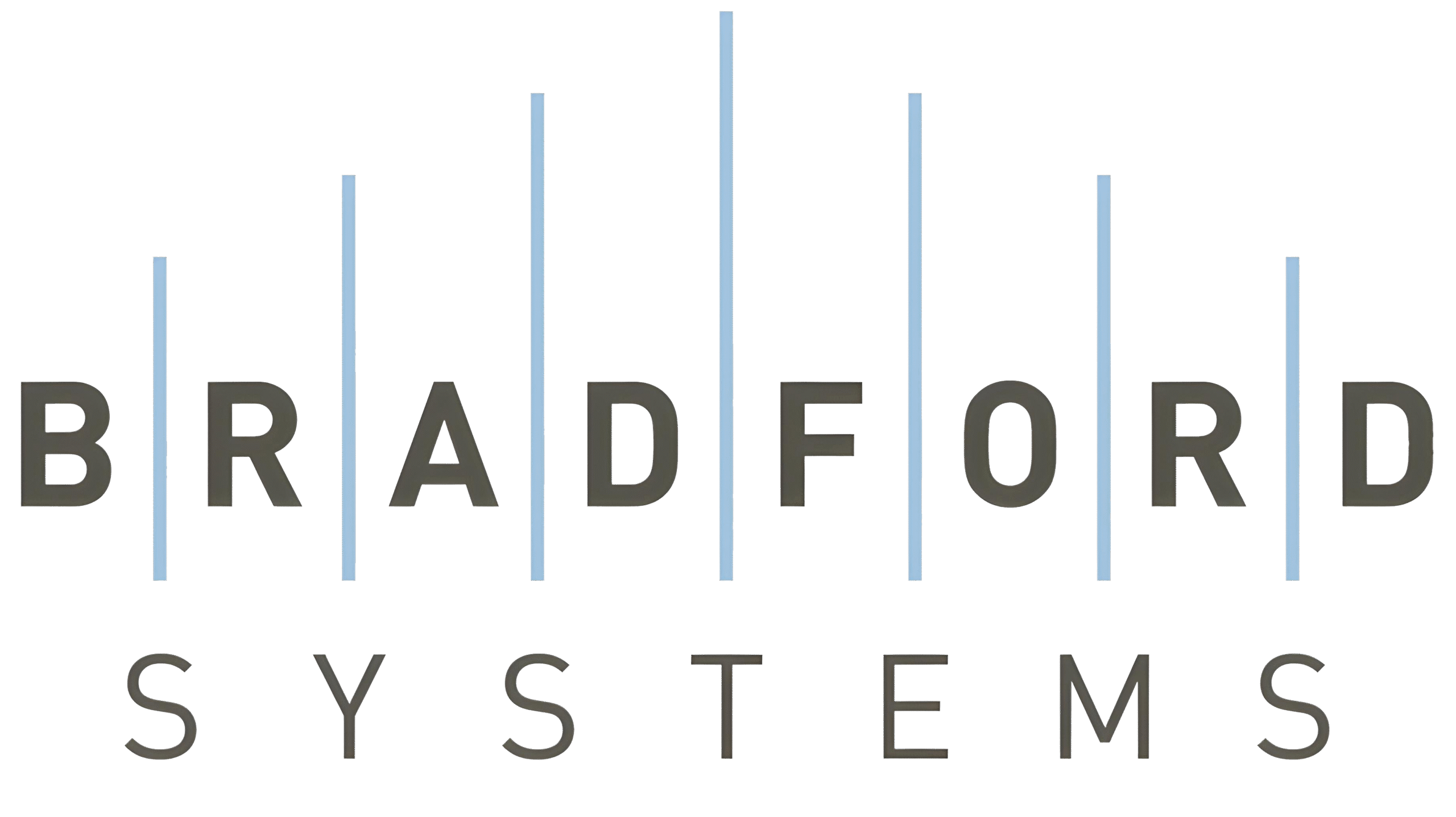It is crucial to have children’s libraries to encourage reading and learning among kids. Updating these spaces with modern shelving options, such as A-Frame shelves, can enhance their appeal and functionality. By incorporating low-level shelves for easy access, mobile shelving for flexibility, and themed shelves for faster navigation, children’s libraries can become more engaging and practical for young readers. Additionally, creative shelf designs can transform the reading experience into an adventure for children.
Understanding the Impact of Innovative Shelving on Young Readers
In children’s libraries, creatively organizing the shelves can significantly impact young readers. By ensuring that shelves are accessible and creating inviting spaces for reading, we observe improvements in their reading habits. When books are within easy reach, children are more inclined to select those that interest them. Moreover, maintaining an orderly and visually appealing shelf arrangement enhances the reading environment, further encouraging children to engage in reading.
The Role of Shelving in Creating Inviting Reading Spaces
Effective shelving plays a crucial role in creating an inviting atmosphere in children’s libraries. The arrangement of shelves significantly impacts the overall ambiance of the library, influencing children’s interest in exploring and borrowing books. Additionally, providing comfortable seating enhances the reading experience, offering children a cozy space to engage with stories. Ultimately, strategic shelving decisions can transform a regular library into a captivating space that sparks enthusiasm for reading among young visitors.
How Design and Functionality Affect Reading Habits
The design and functionality of shelves can significantly impact children’s attitude towards reading. Here are some reasons why this holds true:
- Vibrant colors and interesting shapes on shelves attract children’s attention, motivating them to explore the books.
- Organizing books into specific categories or genres makes it easy for children to find books they will enjoy.
- Adjustable shelves or shelves at the right height empower children to select books independently, promoting a sense of control over their reading choices.
- Rearranging and customizing shelves adds an element of fun and interactivity to reading, allowing children to engage with books in different ways.
By prioritizing accessibility, we ensure that all children feel encouraged to immerse themselves in a world of stories, igniting a passion that may last a lifetime.
Exploring Shelving Solutions for Enhanced Accessibility
Enhancing the accessibility of children’s libraries is essential for promoting independent reading and exploration in children. Introducing innovative shelving ideas such as low-level shelves and mobile units can help achieve this objective. By integrating easily reachable shelves, children can independently access books without relying on adults. Additionally, the adaptable nature of mobile shelving allows librarians to tailor the space according to children’s requirements. These changes not only make it easier for children to reach books but also boost their self-assurance and autonomy in interacting with reading materials.
Incorporating Low-Level Shelving for Easy Access
Lowering shelves in libraries can enable children to reach books on their own, giving them the freedom to pick out reading materials without continuous adult help. Libraries should consider using shelving units designed for young readers that are shorter and well-spaced. Clear signage and labels also aid children in easily finding different book sections.
Utilizing Mobile Shelving Units for Flexible Layouts
Mobile shelving in children’s libraries offers flexibility to rearrange spaces easily according to requirements, creating varied reading spots and accommodating a range of activities such as organizing books, displaying artwork, and engaging young readers effectively.
Space-Saving Ideas for Small Library Areas
It is crucial to maximize space in small library areas to create an inviting environment for young book enthusiasts. Utilizing vertical space by installing shelves on walls allows for efficient use of space. Consider incorporating taller shelves and utilizing the height of the room for additional storage. Wall-mounted shelves are ideal for displaying books and items without occupying floor space, promoting organization and ensuring all areas of the library are utilized effectively for young readers.
Creative Use of Vertical Space and Wall-Mounted Shelves
To optimize limited library spaces, consider utilizing the overhead space by installing shelves on the walls. Here’s a strategic approach:
- Opt for taller shelves reaching the ceiling to maximize book storage, especially for less frequently accessed ones.
- Incorporate ladder systems for easy access to elevated books.
- Install wall-mounted shelves to showcase your collection and free up floor space.
- Choose adjustable shelves to accommodate books of varying sizes by modifying their heights as required.
Multifunctional Furniture as a Space-Efficient Solution
In locales with small libraries, utilizing multi-functional furniture can effectively optimize space. Furniture items with multiple purposes enable libraries to maximize limited space. For instance, benches with storage compartments underneath provide seating while storing extra books or items. Similarly, tables with integrated bookshelves streamline study sessions and book access. By selecting such versatile furniture thoughtfully, libraries can create a functional space that caters to young readers while minimizing wasted areas.
Themed and Genre-Specific Shelving Strategies
Organizing books in children’s libraries based on themes or genres is a common strategy to engage young readers and help them choose books they like. Categorizing shelves by theme or genre improves the visual appeal, structure, and ease of access for young readers. Grouping similar books provides children with a tailored reading journey. Additionally, using colors as visual indicators on shelves can make it easier for young readers to find stories they prefer according to their interests.
Organizing Books by Themes to Spark Interest
Arranging books by themes can spark children’s interest in reading, as it helps them easily discover stories they’ll enjoy. By grouping books with similar topics together in libraries, kids can explore a range of animal-related books, from behavior to conservation efforts. This approach increases the chances of children finding captivating books that match their preferences. Clear signage and labels highlighting each theme transform browsing into an adventure, encouraging children to delve into intriguing worlds.
Color-Coded Shelving Systems for Easy Navigation
Color-coded shelving systems in libraries enhance accessibility and appeal. By assigning different colors to genres or topics, children can easily locate and select books of interest. For example, fantasy books on blue shelves and science books on green shelves streamline the search process. This approach facilitates children’s exploration of preferred genres and maintains a tidy appearance through colored labels on book spines matching their respective sections.
Interactive and Engaging Shelving Options
To spark children’s enthusiasm for reading, creating a fun and welcoming environment around them is crucial. By incorporating attractive shelves that pique their interest and encourage exploration, reading becomes a more pleasurable experience for them. Introducing cozy nooks with bean bags or cushions enhances their immersion in stories. Integrating modern elements such as touch screens on shelves or QR codes linking to book-related videos adds an extra element of enjoyment. Combining these playful elements with technology transforms libraries into dynamic spaces that captivate children’s interest.
Incorporating Playful Elements into Shelving Designs
Creating a fun and engaging atmosphere in children’s libraries involves integrating playful elements into the shelving layout. Vibrant colors and imaginative shapes on the shelves capture children’s interest and inspire their imagination. Adding interactive features like sliding panels and concealed compartments within the shelves sparks children’s inquisitiveness and promotes exploration. Incorporating cozy seating areas in these designs allows children to enjoy stories in a comfortable setting, nurturing a feeling of connection to the realm of books. By including these interactive elements in the shelving, we transform libraries into exciting learning spaces rather than just places for reading.
Using Technology-Integrated Shelves for Interactive Learning
Libraries have transformed shelves from mere book storage to a combination of traditional book racks and engaging digital content, enhancing the learning experience for children. Through interactive screens, educational games, and immersive materials, kids can explore e-books, educational games, and interactive resources alongside physical books. Some shelves feature speakers that enhance stories with sound effects and narration, while others use augmented reality (AR) or virtual reality (VR) to bring stories to life and transport children to captivating worlds. By seamlessly integrating traditional reading with modern technology, these innovative shelves make learning dynamic and offer diverse learning opportunities for kids.
Expert Tips on Selecting the Right Shelving Materials
When selecting shelves for children’s libraries, it is important to consider their durability and aesthetic appeal. Opt for materials such as solid wood, metal, or high-quality laminate that can withstand daily wear and tear. To create a welcoming environment for children, choose materials that complement the library’s design. Natural wood can add a cozy and traditional feel, while vibrant laminates introduce fun colors and energy to the space.
Evaluating Durability and Safety in Children’s Libraries
When refurbishing children’s libraries, it is crucial to ensure that the shelves are durable and secure. Children are often full of energy and may accidentally bump into the shelves or overload them. Therefore, it is essential that the shelves are able to withstand rough treatment without breaking. Opting for wood or metal shelving is recommended due to their strength and durability. Additionally, having smooth and rounded edges and corners reduces the risk of injuries in case of accidental collisions. Securing the shelves firmly to the wall also prevents them from tipping over easily, thus enhancing safety for everyone in the library.
The Aesthetic Appeal of Different Materials
When enhancing the appearance of children’s libraries, the appearance of the shelves plays a crucial role. Selecting appropriate items for the shelves can enhance the overall look and create a welcoming atmosphere. Wooden shelves emit a cozy and inviting natural feel, sparking children’s enthusiasm for books. Conversely, metal shelves offer a sleek, contemporary aesthetic that adds a modern touch to the library. Additionally, MDF (medium-density fiberboard) is highly adaptable in design, allowing for customization to complement the library’s theme. By carefully considering the aesthetics of these various materials, librarians can create spaces that not only attract young readers but also ignite their imagination.
Implementing Creative Layouts for Reading and Activity Zones
In order to create more engaging and inviting children’s libraries, it is crucial to consider the layout. Flexibility in design is key to accommodating various activities such as reading and group tasks. Utilizing movable furniture like shelves with wheels or modular pieces allows librarians to adapt the space as needed. Introducing unique elements such as curved shelves and cozy reading nooks enhances the appeal of the library, making it an exciting place for children to explore diverse stories. This transformation turns conventional libraries into dynamic environments that attract children with continuously evolving and tailored experiences.
Designing for Flexibility and Multipurpose Use
When creating libraries for children, it is crucial to consider the adaptability of the space to accommodate various activities and events. Incorporating movable shelves, flexible furniture, and adjustable seating allows librarians to modify the library layout as needed. Adjustable shelving units and versatile furniture pieces such as tables with integrated storage or wheeled carts offer convenience and efficiency without occupying excessive space. This design approach enables librarians to establish inviting spaces that cater to children’s preferences and foster a love for reading.
Conclusion
In conclusion, creating innovative book arrangements is crucial for establishing engaging and enjoyable children’s libraries that ignite a passion for reading and learning. Selecting accessible, space-efficient, and safe shelving options allows libraries to organize sections based on various themes or genres, facilitating easy navigation for kids. This not only triggers their curiosity but also promotes continuous exploration of new books. Carefully choosing materials for the shelves and optimizing space usage ensures a comfortable and uncrowded environment for all visitors. By strategically designing these bookshelves, children’s libraries evolve into interactive learning spaces that prioritize accessibility.






